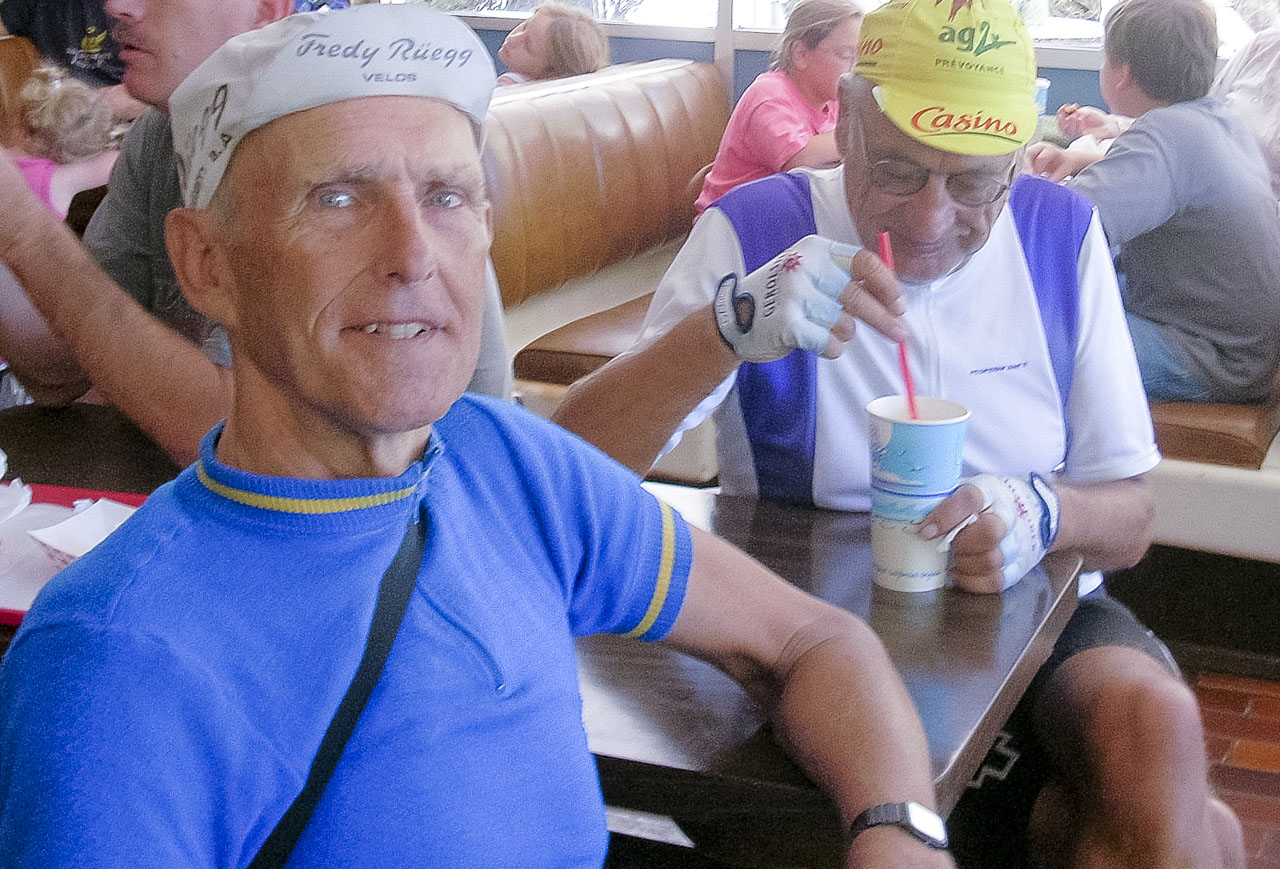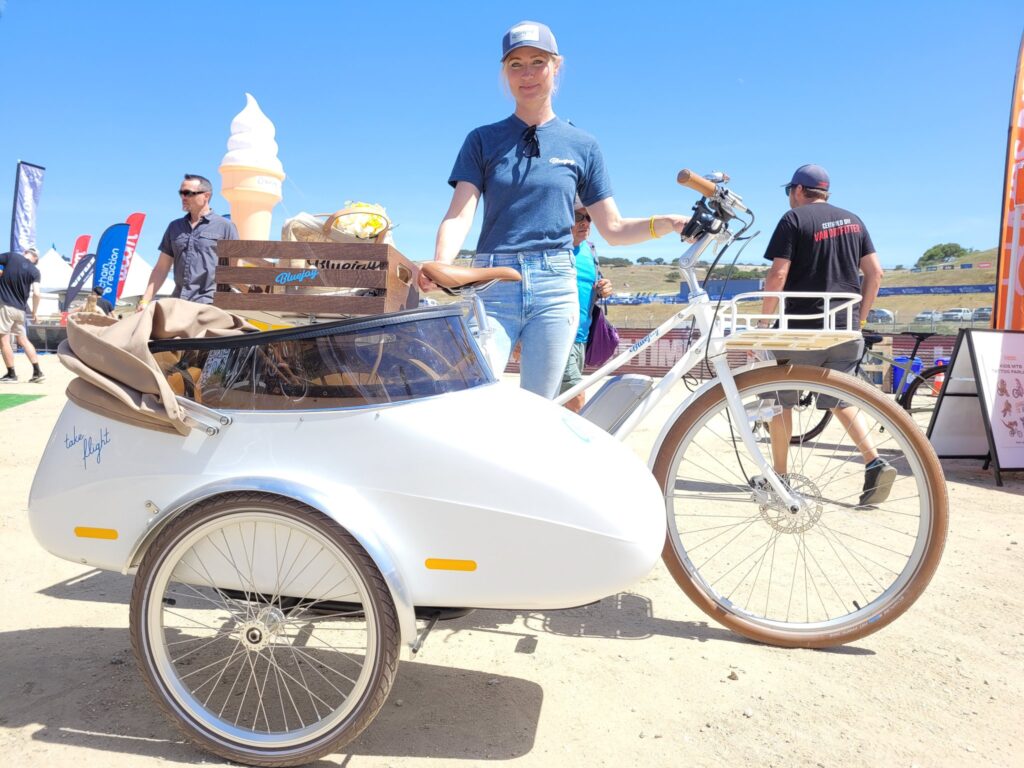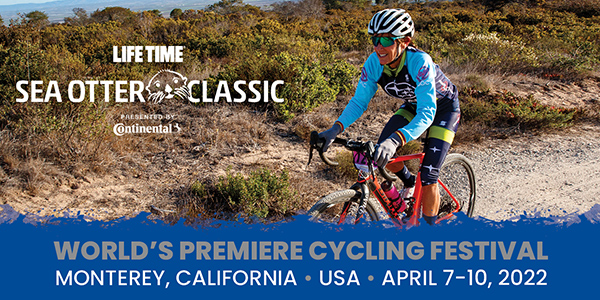I received a press release announcing a Black Friday Sale for Outbound Lightning (more about them in another post, but the short of it is I think I like them). I haven’t thought about bike lights in a while because I’m happy with what I have, but it reminds me of a long time rant I’ve had in store for bike lights sold at America’s favorite bike shop.
While writing this post, I’m checking retail prices for brands I trust and I don’t know what to believe anymore. I planned to describe how to tell frauds from the good deals, but the outdoor industry’s bursting bubble makes this more challenging. Maybe you all can help me out.
Let’s look at this “OLIGHT BFL1800 Bike Headlights 1,800 Lumen LED Bike Light“, which seems fairly typical of cheap, copycat products that sell predominantly through Amazon, with a quick reminder that this post contains affiliate links.

I haven’t tested this light so can’t speak to the claims of battery life, water resistance, “max throw,” and durability. Before the pandemic bike boom, I would’ve dismissed the lumens claim just based on the price of the light — a ludicrously low $67.96 on Amazon at the time I’m typing this. If it’s too good to be true, it probably is.
Brands I trust such as Light & Motion or NiteRider test the brightness of their lights. When they claim 500 lumens of output, you’ll actually get that level of brightness. Light & Motion in particular puts some attention in their beam pattern as well. I trust them, I trust their claims, I trust their product. I use their lights as the benchmark.
I browse to Light & Motion’s website for the light that’s probably the most equivalent to this Olite thing and hello? L&M’s “VIS 1000 Custom” is only $65? This light is “only” 1000 lumens compared against Olight’s claimed 1800 lumens, but I’m confident in Light & Motion’s claim. We also need to pay attention to the battery life claim, and notice Light & Motion shows battery life when operating at high power, while Olite shows “max runtime” which means low power operation.
Still, we have a very comparable price from two apparently similar bike lights. Is Light & Motion selling inventory at a loss as they pivot to photo and video lights? Or is Olight’s marketing approaching something like the truth?
I found this video from the Torque Test Channel helpfully approachable, and if you buy lights online you might find it helpful too. He explains lumens and brightness and why the claims for many of the handheld lights he’s interested in are so ridiculous.




